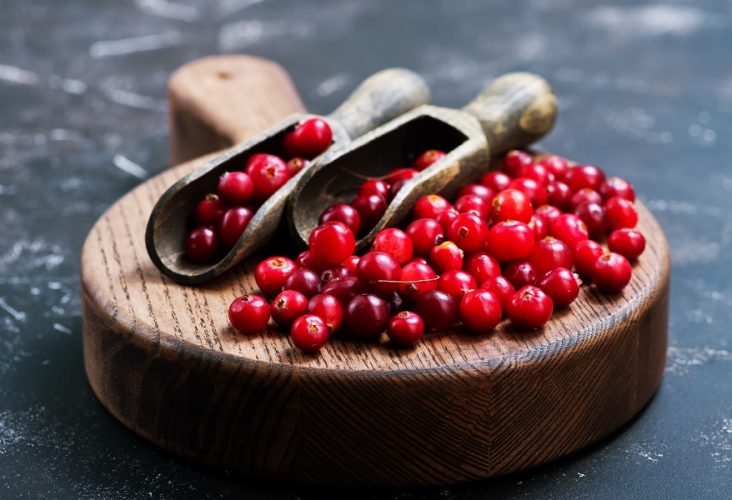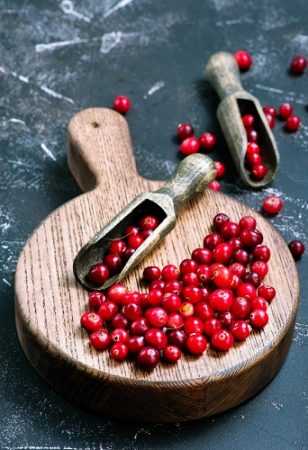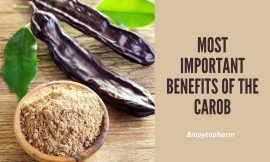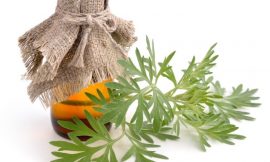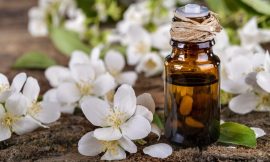The Best Benefits of Cranberries for Health: A Comprehensive Guide to Nature’s Superfruit
Welcome to our comprehensive guide on the best benefits of cranberries for health. Cranberries, often referred to as nature’s superfruit, are renowned for their unique taste and numerous health-promoting properties. In this article, we will explore the various ways cranberries benefit our well-being, covering everything from their rich nutrient content to their potential impact on various health conditions. As experts in promoting natural health, our mission is to help you outrank other websites and provide valuable insights into the incredible advantages of incorporating cranberries into your diet.
What are Cranberries?
Cranberries are small, vibrant red berries that grow on evergreen shrubs native to North America. They have been consumed for centuries by Native Americans, who recognized their exceptional medicinal value.
Cranberries are typically available in fresh, dried, juice, and sauce forms. The consumption of whole cranberries or cranberry products can offer various health benefits due to their remarkable nutrient profile.
Nutrient-Rich Powerhouses
Cranberries are packed with essential vitamins, minerals, and antioxidants that contribute to their health-boosting properties. Here are some of the key nutrients found in cranberries:
1. Vitamin C
Cranberries are an excellent source of vitamin C, a powerful antioxidant that supports the immune system and promotes healthy skin.
2. Fiber
High in dietary fiber, cranberries aid in digestive health and can help prevent constipation.
3. Vitamin E
Vitamin E in cranberries contributes to skin health and provides additional antioxidant benefits.
4. Vitamin K
Cranberries contain vitamin K, which is essential for blood clotting and bone health.
5. Proanthocyanidins (PACs)
Cranberries are rich in proanthocyanidins, potent antioxidants that may help prevent certain infections and support urinary tract health.
Health Benefits of Cranberries
1. Urinary Tract Health
Cranberries have long been celebrated for their ability to support urinary tract health. The proanthocyanidins in cranberries may prevent harmful bacteria from adhering to the urinary tract walls, reducing the risk of urinary tract infections (UTIs).
2. Heart Health
The antioxidants in cranberries, including vitamin C and proanthocyanidins, play a role in promoting heart health. They help combat inflammation and oxidative stress, contributing to a healthy cardiovascular system.
3. Digestive Health
The fiber content in cranberries aids in digestion, promoting regular bowel movements and supporting a healthy gut.
4. Immune System Support
With its high vitamin C content, cranberries bolster the immune system, helping the body fight off infections and illnesses.
5. Antioxidant Power
Cranberries are a rich source of antioxidants that protect the body from harmful free radicals, which are linked to various chronic diseases and aging.
6. Oral Health
Some research suggests that certain compounds in cranberries may inhibit the growth of bacteria responsible for dental plaque, contributing to better oral health.
Incorporating Cranberries into Your Diet
To reap the best benefits of cranberries for health, consider adding them to your diet in various ways:
1. Fresh Cranberries
Enjoy fresh cranberries as a tasty and nutritious snack or incorporate them into salads, smoothies, or baked goods.
2. Cranberry Juice
Opt for pure cranberry juice with no added sugars to enjoy its healthful properties.
3. Dried Cranberries
Add dried cranberries to oatmeal, yogurt, or trail mix for a convenient and flavorful boost.
4. Cranberry Sauce
During the holiday season or beyond, savor cranberry sauce as a delightful accompaniment to various dishes.
Conclusion
In conclusion, cranberries are a true superfruit with a wide array of health benefits. From supporting urinary tract health to promoting heart health and providing potent antioxidants, cranberries are a nutritious addition to any diet.
Incorporate cranberries into your meals and snacks to take advantage of their incredible health-promoting properties. As with any food, moderation is key, and it’s always best to consult with a healthcare professional if you have specific health concerns or conditions.
Enjoy the delicious taste and remarkable benefits of cranberries as you embark on a journey toward improved well-being.


